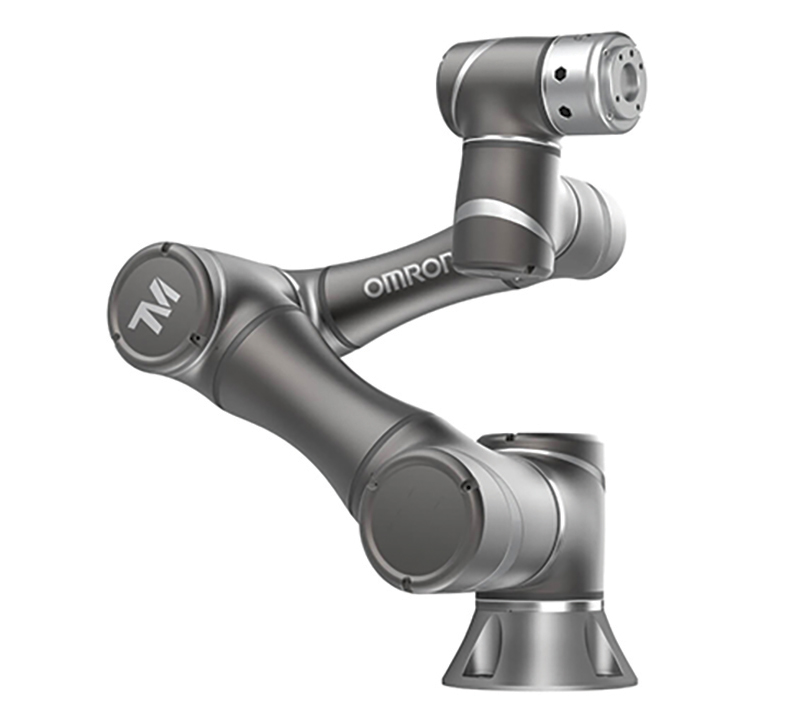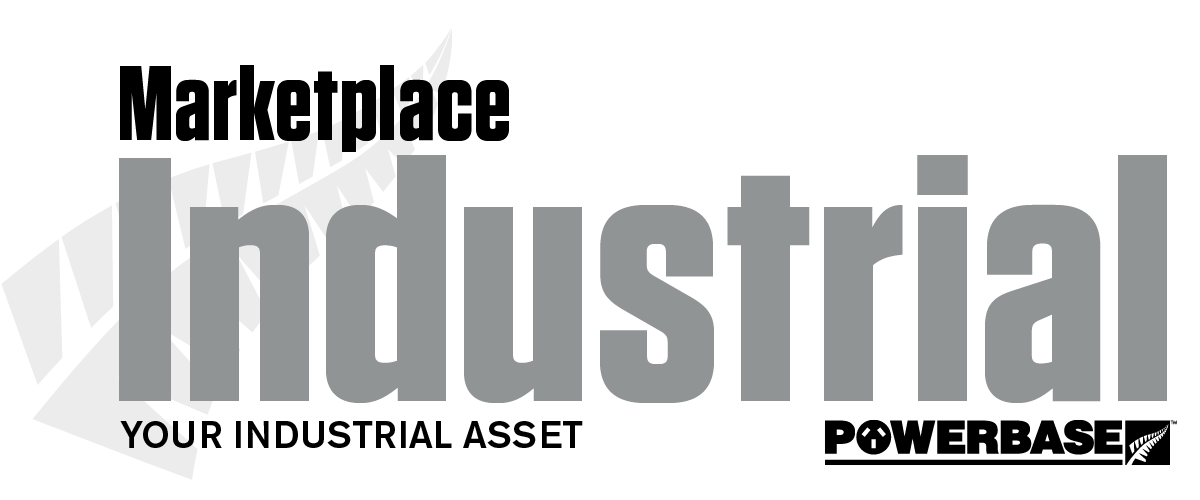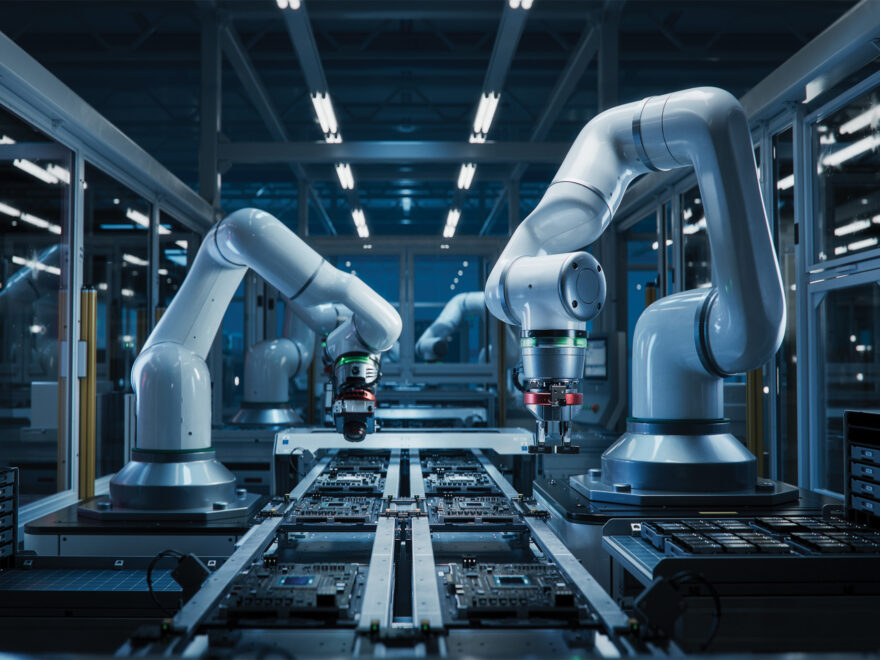
While many fear robots pose a real threat to jobs, most experts agree the positives far outweigh the negatives.
There’s been much speculation on how industrial robots and factory automation will impact our lives in coming years. While many fear robots pose a real threat to jobs, most experts agree the positives far outweigh the negatives.
Experts typically believe robots will eventually take over all the dull, dangerous and dirty manual tasks from humans – commonly known as the 3D’s of robotics. A fourth ‘D’ now predicts robots will take over the “dear” (expensive) tasks. These four “Ds” are useful to identify the low hanging fruit tasks that can quickly benefit from robotic automation. Here’s how:
Dull
Many boring, repetitive and tedious industrial tasks are ideally suited to robotic automation. The good news is that these tasks are often the easiest to automate – and can free up human workers to focus on more creative and interesting tasks, often saving money in the process. Typically, “bored” staff don’t stay alert or focused, which can lead to costly mistakes. They often don’t stick around long. So, in these cases, “payback” is easily calculated in the salary/hours saved on the task, while engaging bored employees in more creative, interesting and fulfilling work.
Dangerous
Dangerous tasks can come at a high cost. Manufacturers operating in hazardous environments often face the high cost of implementing additional safety measures, plus increased wages and admin costs and big insurance premiums. Automating those tasks not only helps to protect workers from serious injury or death – it reduces operational costs. Robots are now being used for a host of dangerous jobs, including military operations, mining and oil exploration, pipe inspections, construction, space exploration, bomb investigations and detonations. They’re also being used to work at extreme heights and for security and dangerous police jobs. In general manufacturing, collaborative robots can help to minimise risk of injury in the workplace by taking over general tasks. This includes lifting heavy loads and assisting employees with challenging or dangerous palletising applications.
Dirty
Dirty work is uncomfortable work. It can be hard to find people willing to do “dirty” work, which often requires special expensive personal protective equipment (PPE). Robots are the perfect stand-in for humans doing “dirty” jobs like sewer inspections and repairs, waste management and mine exploration. Also, they can minimise risk of human exposure to dangerous chemicals or toxic materials.
Dear
Robots and industrial automation complement humans. They help us to get more done at a faster rate with greater accuracy. Robots can reduce the cost of certain tasks by getting tasks done faster, more reliably and precisely. They can reduce expensive man hours and improve accuracy, reducing the need for reworks due to quality issues. More companies globally are beginning to use robots in their factories and warehouses to improve efficiency and lower costs.
Robots should not be seen as a threat to jobs, but rather as a way of improving work quality and making our life easier. They can work long hours day or night and don’t need breaks. Research by the OECD shows that companies that employ technology effectively are 10 times more productive than those that don’t.
Companies now facing supply chain disruptions and stock shortages in the wake of the global Covid-19 pandemic are fast tracking their industrial automation transformation. Many are accelerating the introduction of robotics to help boost production and improve workplace safety. With automation, tasks are done faster, more seamlessly and without errors.
How robotics can drive your business
Cobots (collaborative robots) are a perfect example of man and machine working in harmony. Cobots are designed to operate safely alongside human workers without the need for safety fences. They can perform the monotonous, repetitive, and sometimes dangerous tasks that humans prefer to avoid. Cobots are better at performing routine tasks than humans – and with greater accuracy.
Most humans find routine tasks boring and as a result they can sometimes skip routine safety procedures and ignore danger signals. Robots are designed and programmed to execute those repetitive, monotonous tasks without missing a beat. They can deliver around-the-clock productivity to drive your manufacturing business.
Omron is a preferred supplier of smart robotic systems, including collaborative and autonomous mobile robots (AMRs) as well as quattro and delta pick and place robots.
Delivering a total solution
Our TM series collaborative robots require less programming and feature faster changeover to help companies produce a high mix and low volume of products.
They are equipped with a built-in intelligent vision system for pattern recognition, object positioning and barcode identification – and they comply with the strictest international safety requirements.
Omron’s unique combination of robots, software and integrated control architecture address today’s factory automation challenges.
Our innovative industrial automation and robotics products can be seamlessly integrated with existing factory operations and automated systems across a broad range of industry sectors.
Want to learn how robotics can transform your business? Omron can supply the latest state-of-the-art robotics equipment to boost your productivity and performance.


